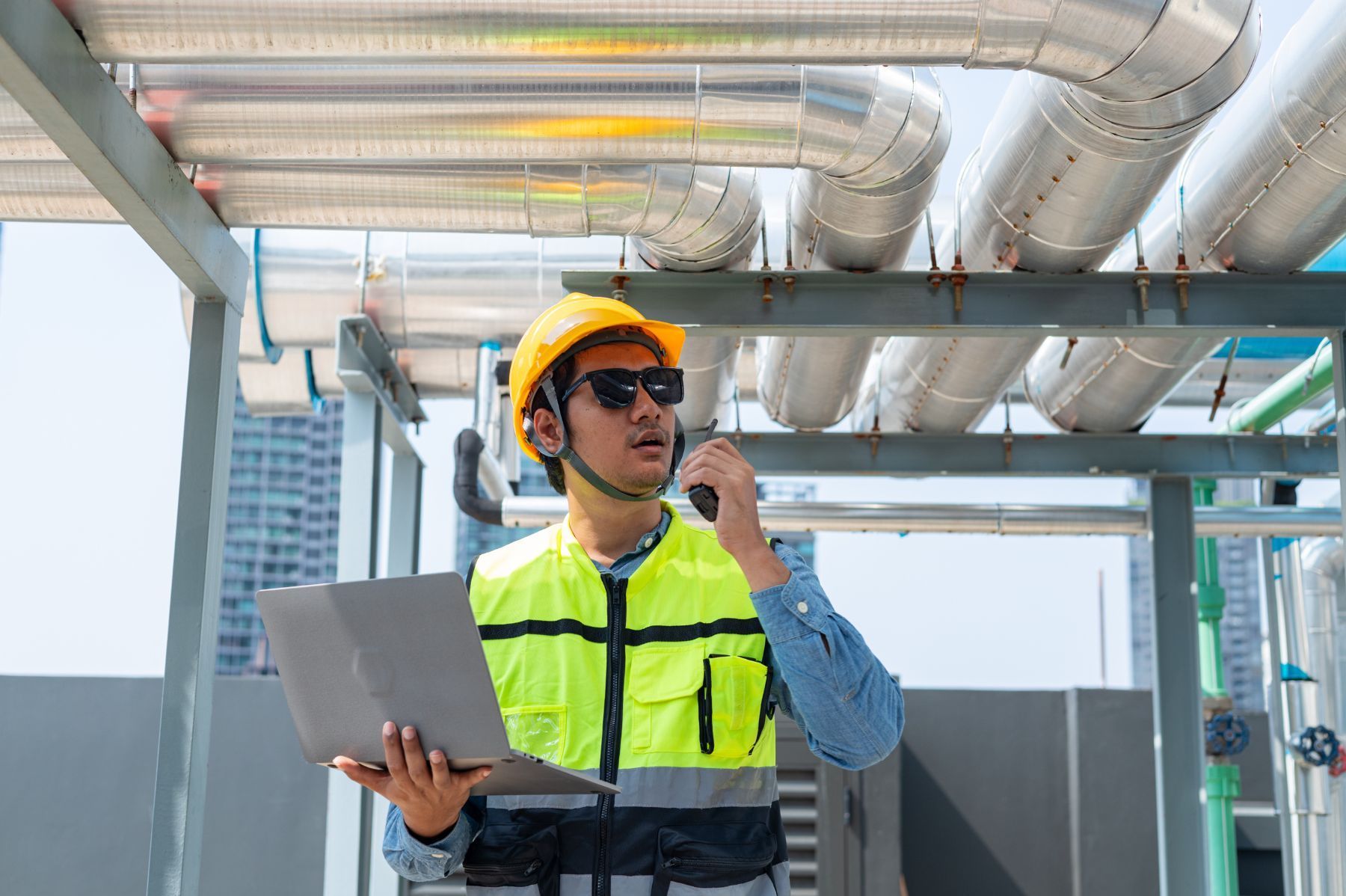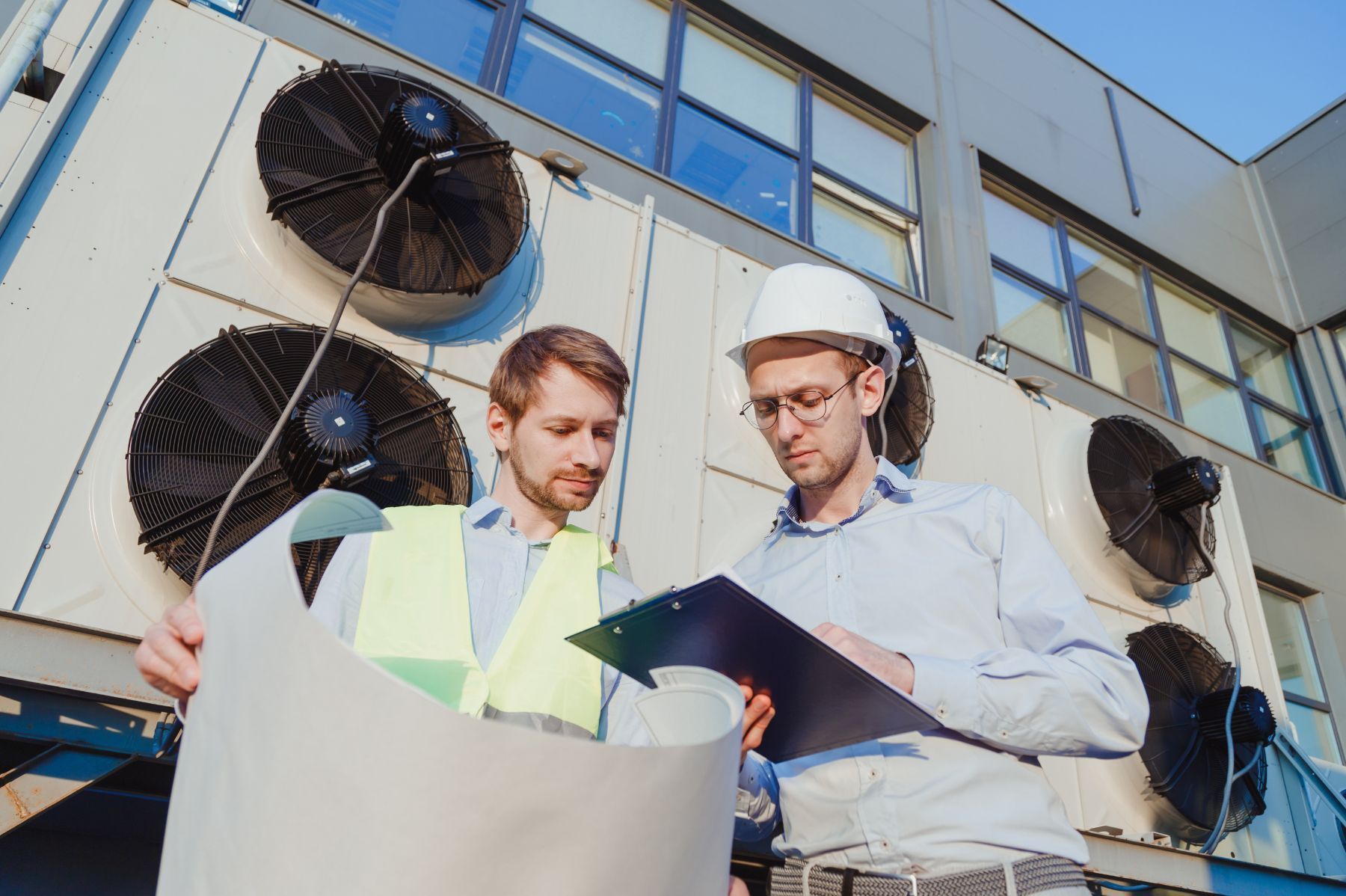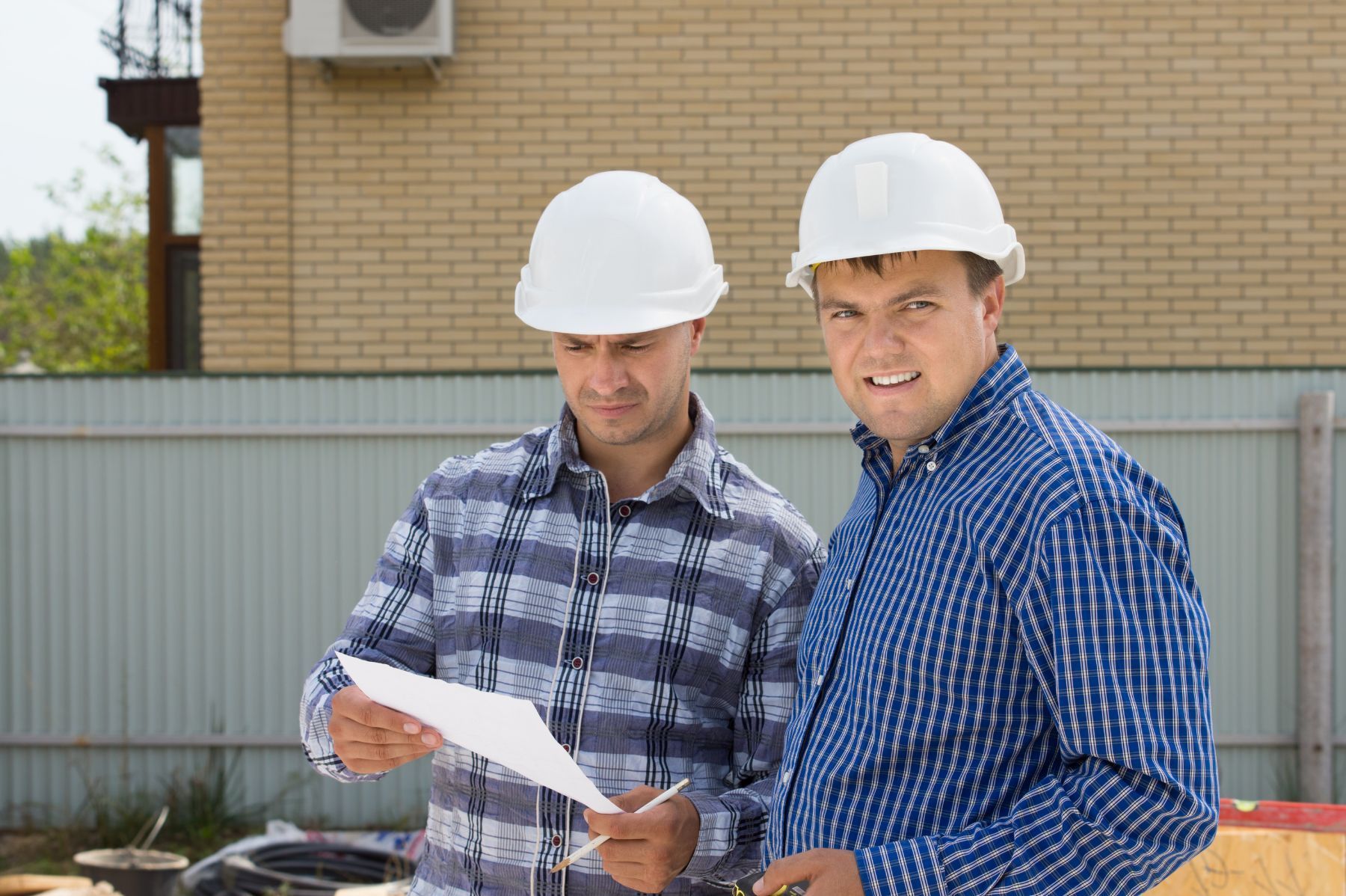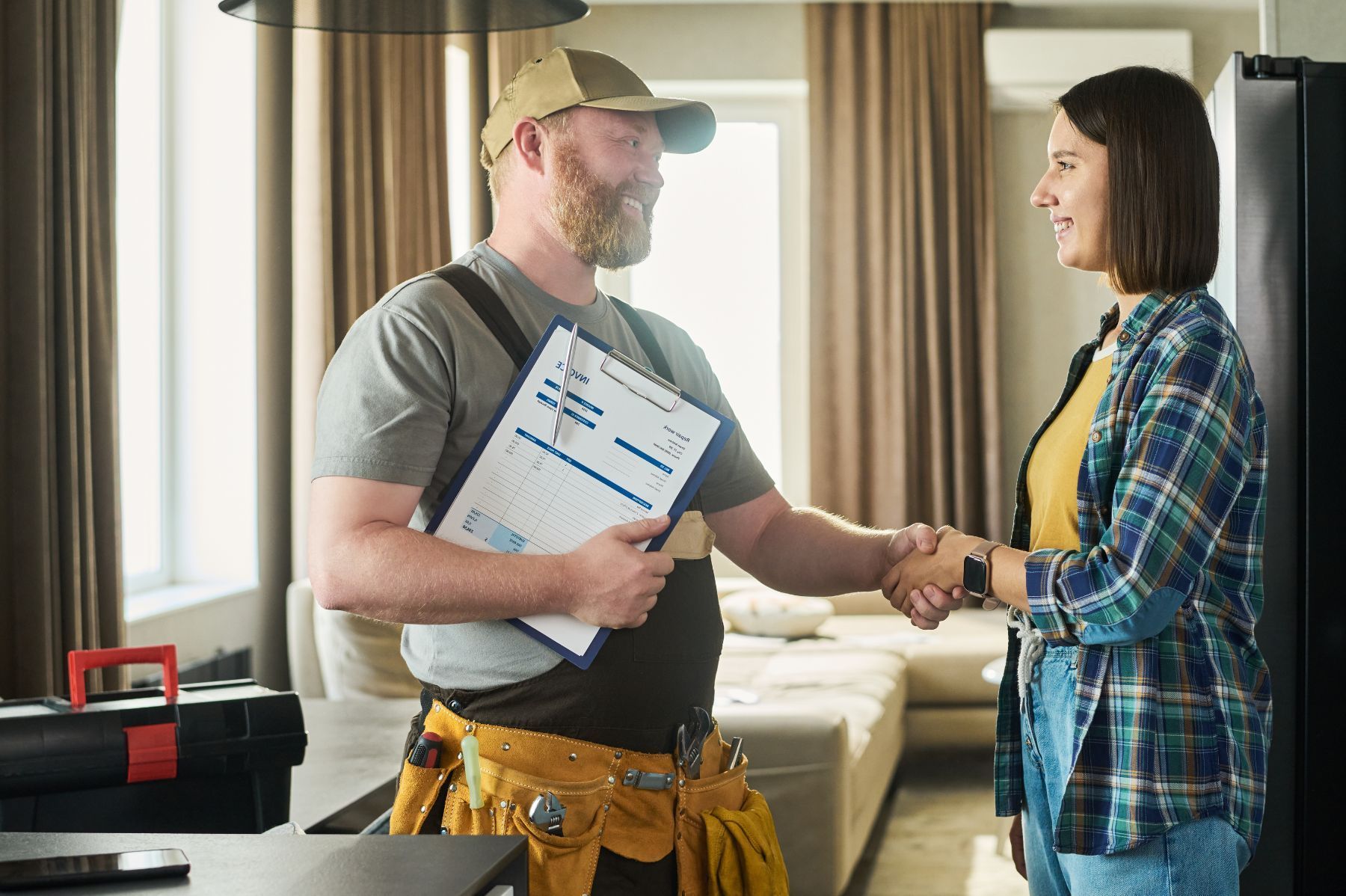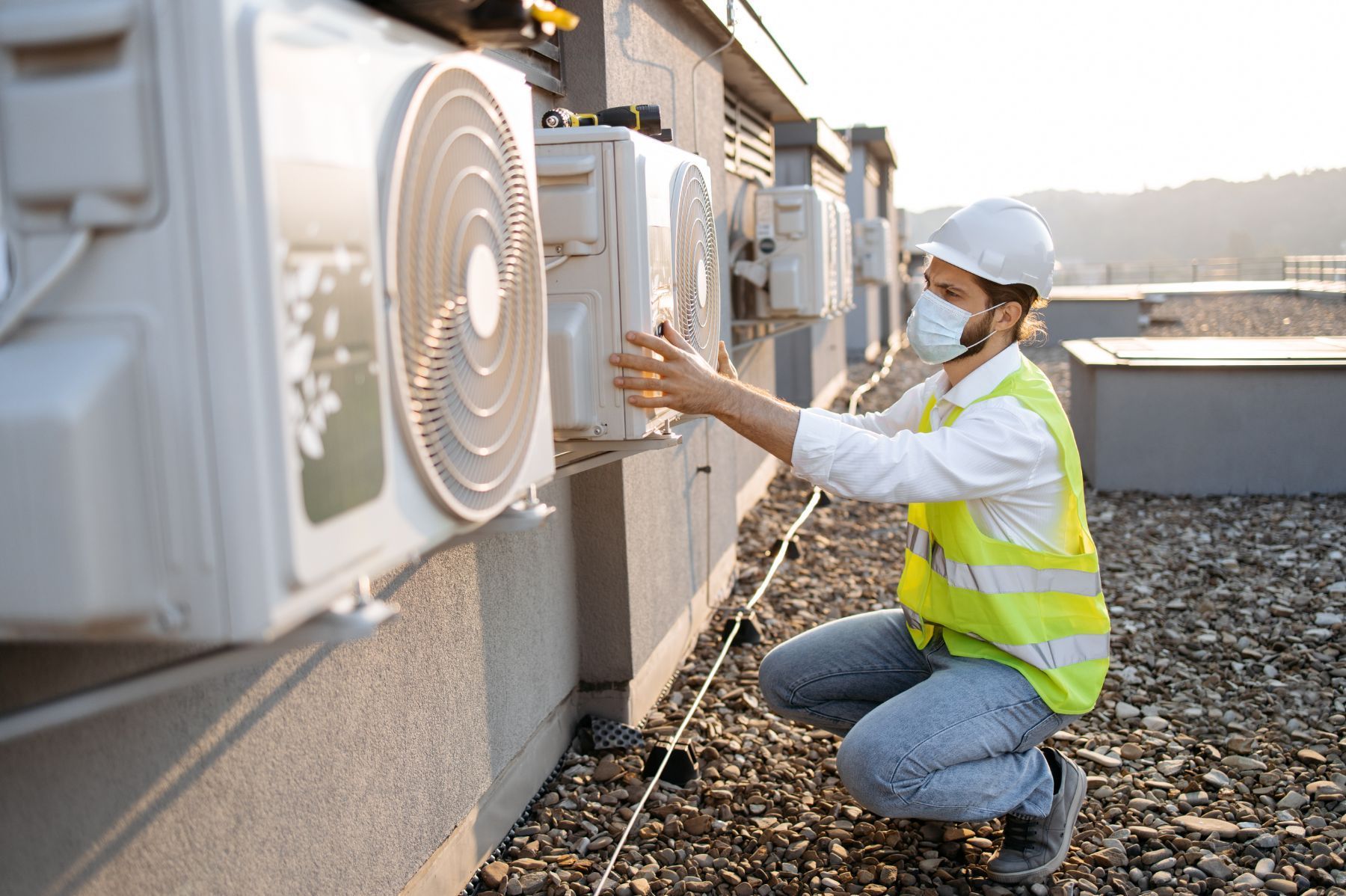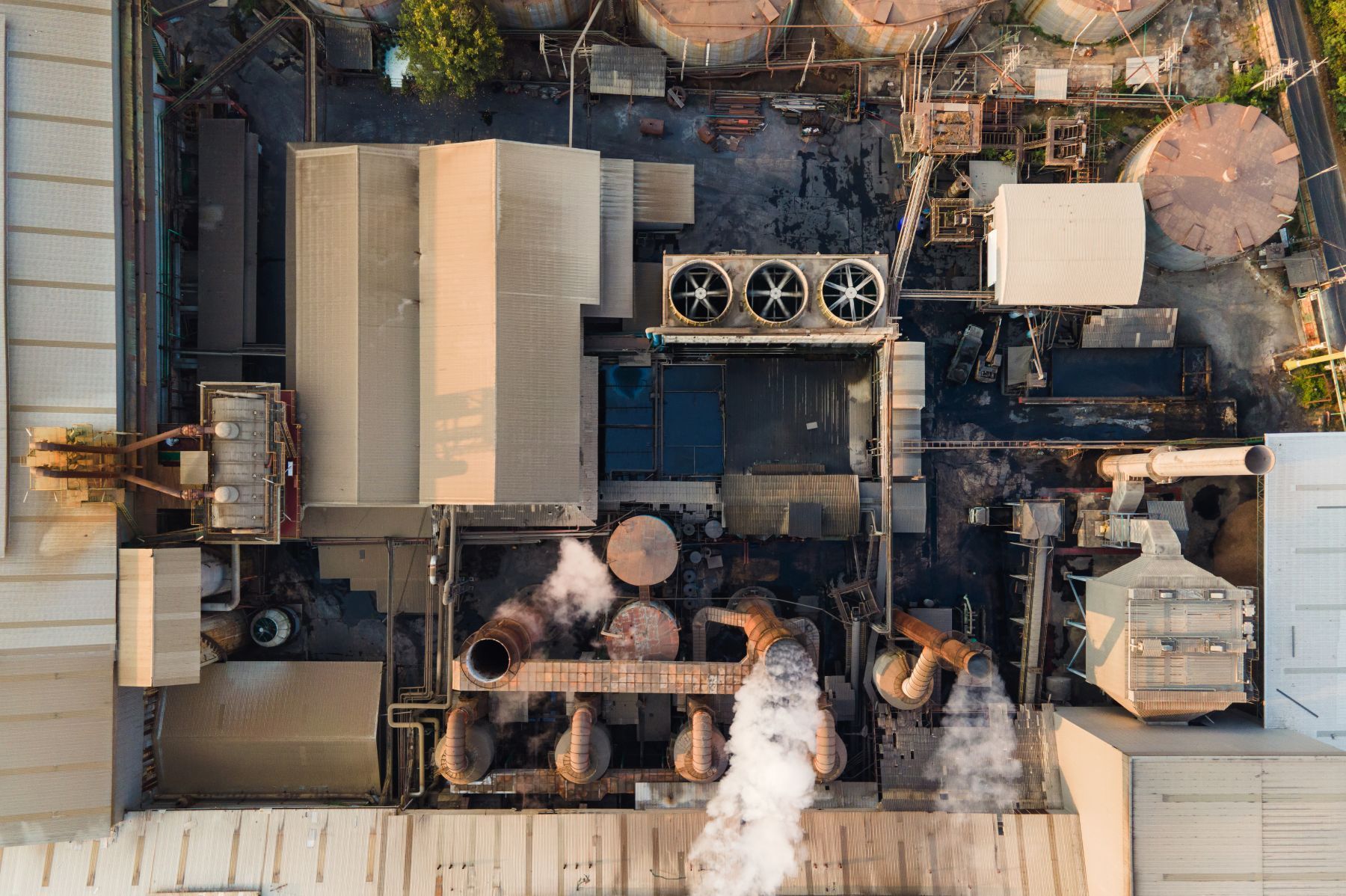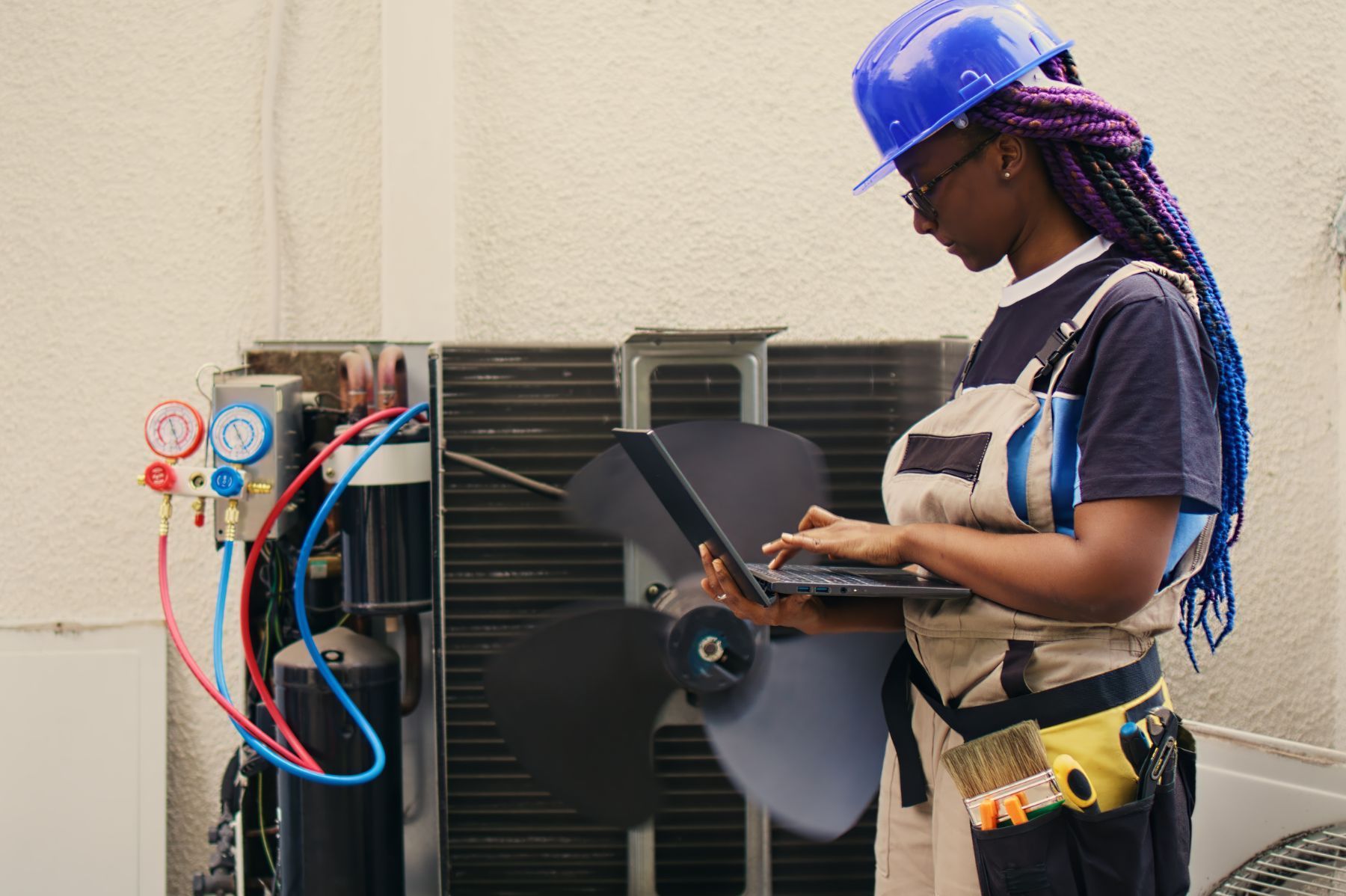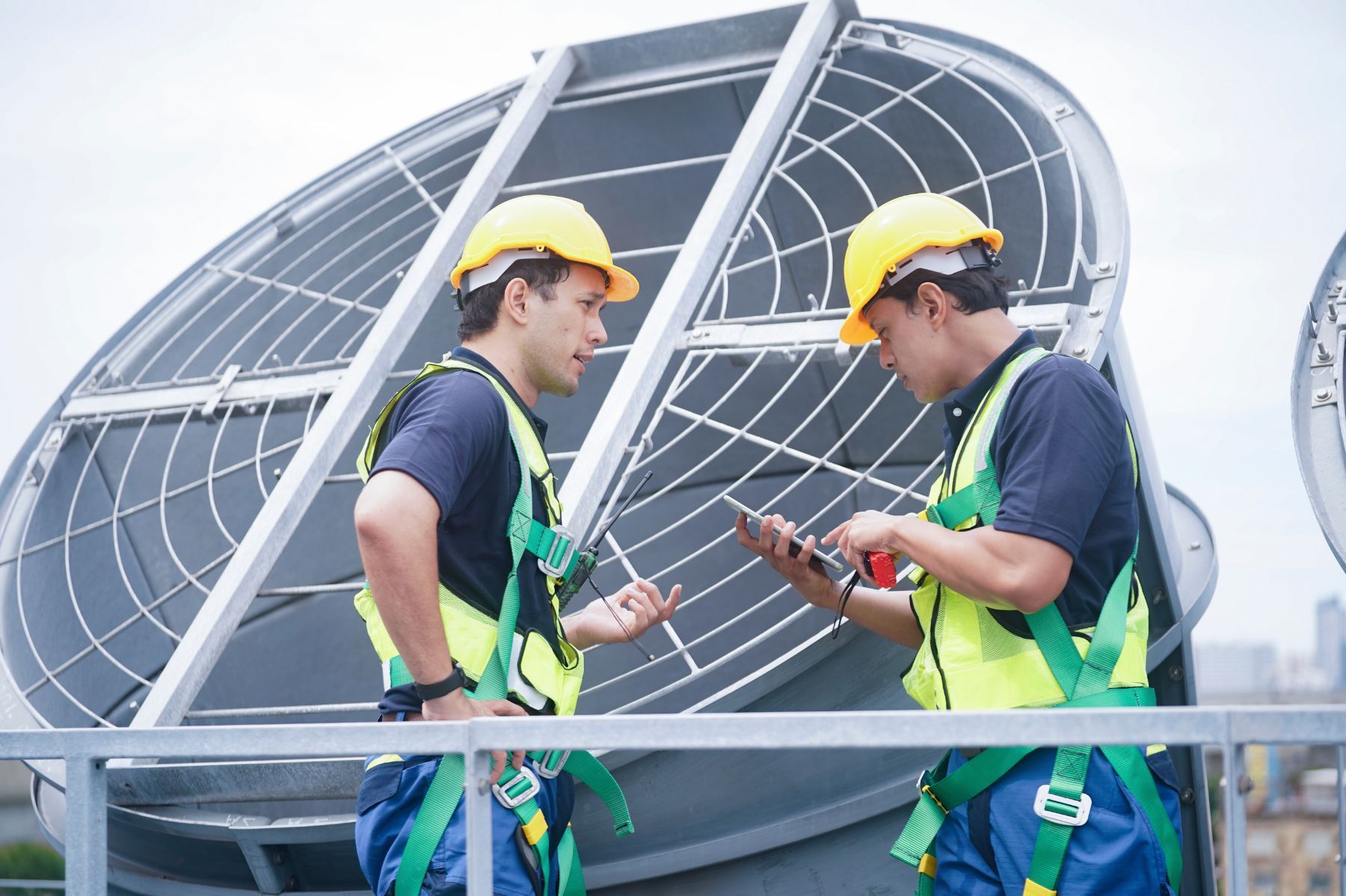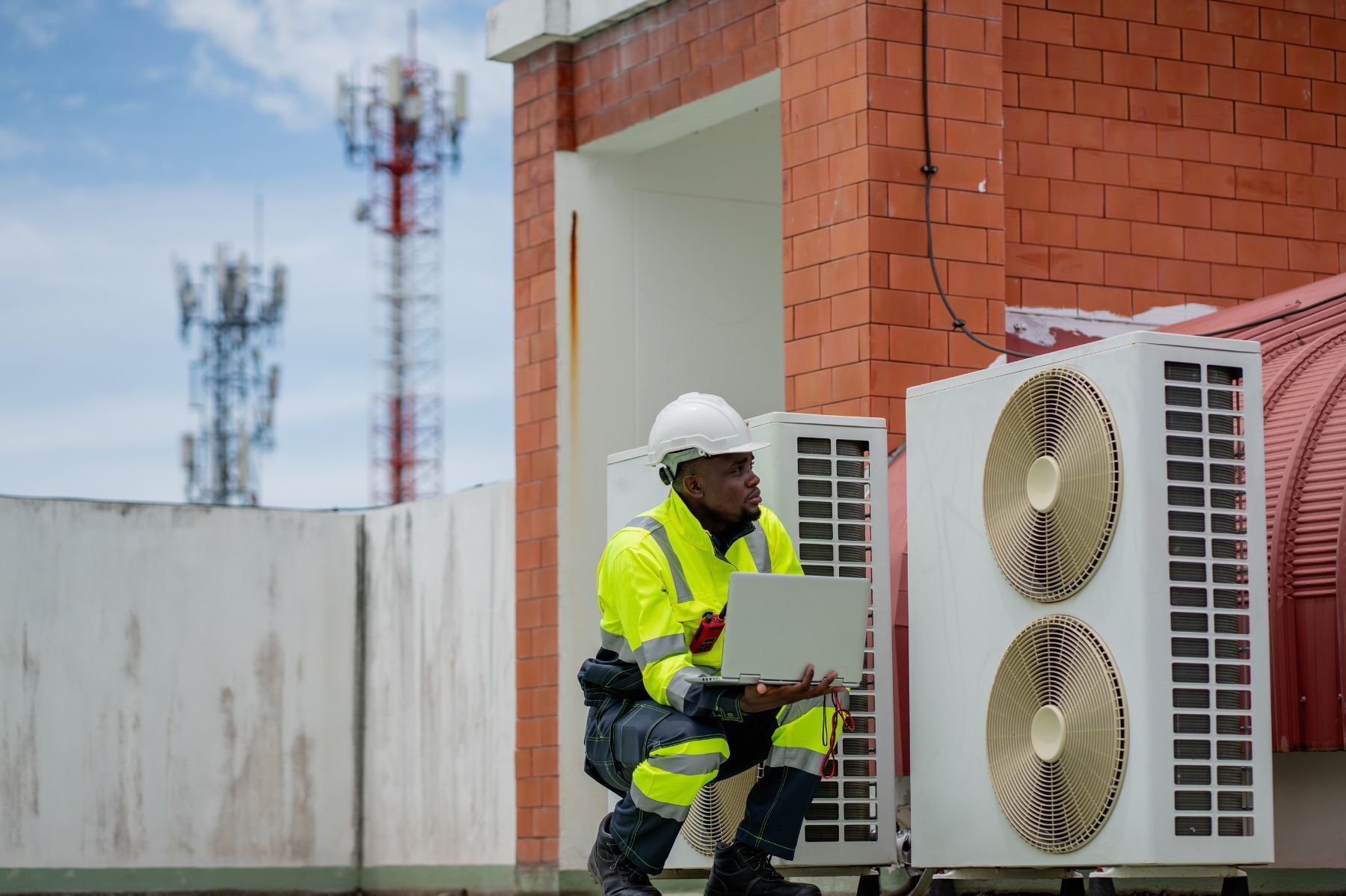Why Pollution Liability Matters More Than Ever for HVAC Companies
See How We're Different
or call us: (469) 678-8001

The HVAC industry is undergoing rapid transformation, driven by technological advances, stricter environmental regulations, and growing consumer awareness about sustainability. In this evolving landscape, pollution liability has emerged as a critical concern for HVAC companies, especially those involved in installation, maintenance, and repair services. As contractors often perform ongoing maintenance on air quality control systems, they face increasing exposure to environmental risks that can lead to costly legal claims.
According to Research and Markets, the global market for Residential Air Quality Control Services was valued at $4.9 billion in 2023 and is projected to grow to $7.8 billion by 2030, reflecting a compound annual growth rate (CAGR) of 7.0%. This surge highlights the expanding role HVAC companies play in managing indoor air quality, but also underscores the increasing stakes when it comes to pollution liability. Understanding why pollution liability matters more than ever is essential for HVAC professionals aiming to protect their businesses and contribute positively to environmental health.
The Rising Environmental Risks in HVAC Operations
HVAC systems, by their nature, interact closely with air and refrigerants—substances that can pose environmental hazards if mishandled. Contractors performing routine maintenance or emergency repairs are often the first line of defense against pollution incidents, but they can also be the most vulnerable to liability claims when things go wrong.
Josh Pillsbury, Co-founder and Managing Partner of Summit Commercial Insurance, emphasizes this risk: "Contractors are always the easiest target to get sued following a pollution incident because they perform ongoing maintenance." This insight points to the legal exposure HVAC companies face, particularly if a pollution event occurs due to negligence or equipment failure during their service.
Moreover, the 2024 HVACi Annual Claims Report revealed that 39% of evaluated HVAC and refrigeration equipment losses were caused by incidents not typically covered by standard insurance policies. This gap in coverage means that many HVAC companies might be unprepared for the financial fallout of pollution-related claims, making environmental liability insurance a crucial safeguard.
In addition to the financial implications, HVAC contractors must also navigate the complex landscape of environmental regulations that govern their operations. With increasing scrutiny from regulatory bodies, compliance with standards such as the Clean Air Act and the Montreal Protocol is more critical than ever. Failure to adhere to these regulations not only increases the risk of legal action but can also result in hefty fines and damage to a company's reputation. As a result, many contractors are investing in training and resources to ensure they are well-versed in the latest environmental compliance requirements, which can be both a time-consuming and costly endeavor.
Furthermore, the rise of eco-conscious consumers has shifted market expectations, pushing HVAC companies to adopt more sustainable practices. This includes the use of environmentally friendly refrigerants, energy-efficient equipment, and innovative technologies that minimize environmental impact. As clients increasingly prioritize sustainability, HVAC contractors who fail to adapt may find themselves at a competitive disadvantage. This evolving landscape not only presents challenges but also opportunities for HVAC businesses to differentiate themselves by embracing green technologies and practices, ultimately leading to a more sustainable future for the industry.
Environmental Liability Insurance: A Growing Necessity
Environmental liability insurance has gained prominence as a vital tool for HVAC businesses to manage pollution risks. This type of insurance covers claims related to pollution incidents, including contamination, cleanup costs, and legal defense expenses. Its importance has grown alongside increased environmental awareness and regulatory scrutiny.
As Pillsbury notes, "Environmental liability is a relatively recent development over the last decade or so. People are a lot more conscious about the environment and this has increased the liability for anyone that has that exposure." HVAC companies must recognize that their environmental footprint, even if indirect, can lead to significant liabilities.
Supporting this trend, a study published in March 2025 demonstrated that environmental liability insurance has a direct effect on reducing industrial carbon emissions, although the impact varies by region. This finding suggests that insurance not only protects businesses but also incentivizes better environmental practices across industries, including HVAC.
Moreover, the growing trend of sustainability has prompted HVAC companies to adopt greener technologies and practices. Many businesses are now investing in energy-efficient systems and eco-friendly refrigerants, which not only help in reducing their carbon footprint but also align with the expectations of environmentally conscious consumers. This shift not only enhances their marketability but can also lead to lower insurance premiums, as insurers recognize the reduced risk associated with environmentally responsible operations.
In addition to financial protection, environmental liability insurance can also serve as a critical component of a company's overall risk management strategy. By understanding the specific environmental risks associated with their operations, HVAC businesses can implement proactive measures to mitigate these risks. This might include regular training for employees on best practices for handling hazardous materials or conducting thorough environmental assessments before starting new projects. Such initiatives not only help in minimizing potential liabilities but also foster a culture of environmental stewardship within the organization.
Sustainability Trends Amplify Pollution Liability Concerns
The HVAC industry is shifting decisively toward sustainable solutions. The global HVAC market for eco-friendly technologies is projected to reach $254 billion by 2027, reflecting a major pivot toward energy-efficient and environmentally responsible products and services. This shift is driven by regulatory mandates, consumer demand, and corporate sustainability goals.
Approximately 70% of new HVAC systems installed in commercial buildings are now energy-efficient models, according to ZipDo Education Reports. While these advancements reduce energy consumption and emissions, they also introduce new complexities in maintenance and liability management. For example, the use of advanced refrigerants and smart controls requires specialized knowledge to prevent environmental harm.
With sustainability at the forefront, HVAC companies must be vigilant in managing pollution risks associated with both traditional and emerging technologies. Failure to do so can result in legal actions that damage reputation and financial stability.
Moreover, the integration of renewable energy sources, such as solar and geothermal systems, is becoming increasingly common in HVAC installations. These technologies not only enhance energy efficiency but also contribute to a significant reduction in greenhouse gas emissions. However, they come with their own set of challenges, including the need for skilled technicians who can handle the complexities of installation and maintenance. Companies that invest in training and development for their workforce will be better positioned to navigate these challenges and capitalize on the growing market for sustainable HVAC solutions.
In addition, as consumers become more environmentally conscious, there is a rising expectation for transparency in the sourcing and lifecycle of HVAC products. Manufacturers are now being pushed to disclose information about the materials used in their systems and the environmental impact of their production processes. This trend not only influences purchasing decisions but also places additional pressure on companies to adopt sustainable practices throughout their supply chains. As a result, HVAC businesses that prioritize sustainability not only enhance their marketability but also mitigate potential liabilities associated with environmental regulations and consumer backlash.
Accurate Claims Assessment and Its Impact on HVAC Liability
One of the challenges in pollution liability is the accurate assessment of claims. Misclassification or incomplete investigations can lead to disputes and unexpected liabilities for HVAC companies. The 2024 HVACi Annual Claims Report highlighted that over 50% of all reported causes of loss were recategorized to more accurate conclusions after independent assessments.
This development underscores the importance of objective, thorough evaluations in resolving insurance claims and mitigating liability. HVAC companies should work closely with insurers and independent experts to ensure that pollution incidents are correctly diagnosed and addressed. Doing so can prevent inflated claims and foster fair outcomes.
Additionally, proactive risk management, including regular equipment inspections and adherence to environmental regulations, can reduce the likelihood of pollution incidents and subsequent claims. By implementing a robust maintenance schedule and utilizing advanced monitoring technologies, HVAC companies can identify potential issues before they escalate into significant problems. This not only helps in maintaining compliance with environmental standards but also enhances the overall efficiency of the systems, leading to reduced operational costs.
Moreover, training employees on best practices for handling refrigerants and other hazardous materials is crucial in minimizing risks associated with pollution liability. Regular workshops and certifications can empower staff with the knowledge to manage equipment safely and responsibly. Furthermore, fostering a culture of environmental responsibility within the organization can lead to improved public perception and customer trust, which are invaluable assets in today’s competitive market. As HVAC companies navigate the complexities of liability claims, embracing a proactive and informed approach will be essential in safeguarding their interests and promoting sustainable practices.
Why HVAC Companies Must Prioritize Pollution Liability
The growing complexity of HVAC systems, combined with heightened environmental awareness and regulatory pressures, means pollution liability is no longer a peripheral concern—it is central to business sustainability. Companies ignoring these risks may face lawsuits, regulatory penalties, and damage to their brand.
Investing in environmental liability insurance, adopting best practices for pollution prevention, and staying informed about industry trends are essential steps. HVAC contractors must also educate their teams about environmental risks and compliance requirements to minimize incidents. This education should include training on the proper handling and disposal of refrigerants, which can be harmful to the ozone layer if not managed correctly. Furthermore, understanding the implications of indoor air quality and its effects on health can empower technicians to make informed decisions that align with both regulatory standards and customer expectations.
Ultimately, pollution liability management not only protects HVAC companies but also contributes to healthier indoor environments and a cleaner planet. As the market for residential air quality control services expands, so too does the responsibility of HVAC professionals to uphold environmental stewardship. This includes adopting energy-efficient technologies and promoting sustainable practices, such as the use of eco-friendly refrigerants and advanced filtration systems that can significantly reduce airborne pollutants. Additionally, HVAC companies can play a pivotal role in educating their clients about the importance of regular maintenance and upgrades to existing systems, which can greatly enhance energy efficiency and reduce overall environmental impact.
For those looking to explore more about the evolving risks and insurance solutions in the HVAC industry, Josh Pillsbury’s insights on mitigating pollution liability risks offer valuable guidance. By staying proactive and informed, HVAC companies can not only safeguard their operations but also position themselves as leaders in the movement toward a more sustainable future.

